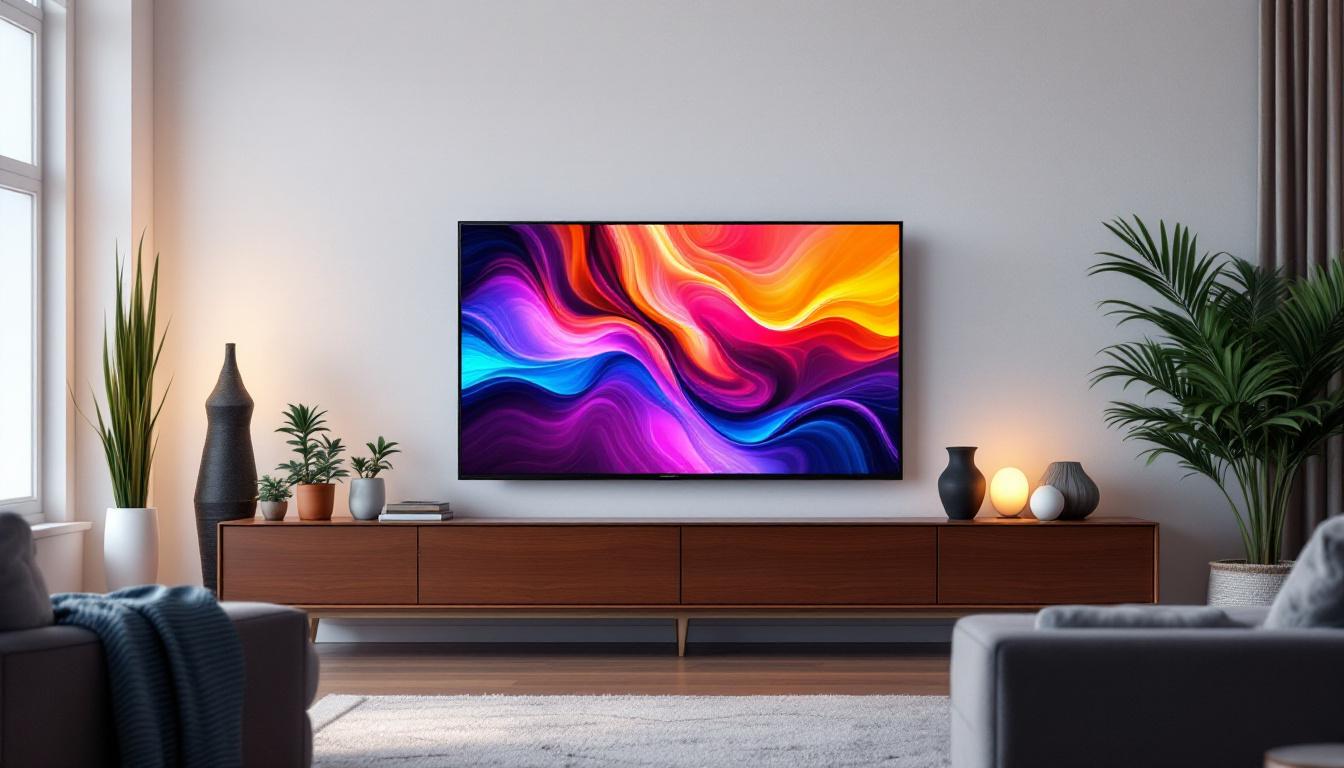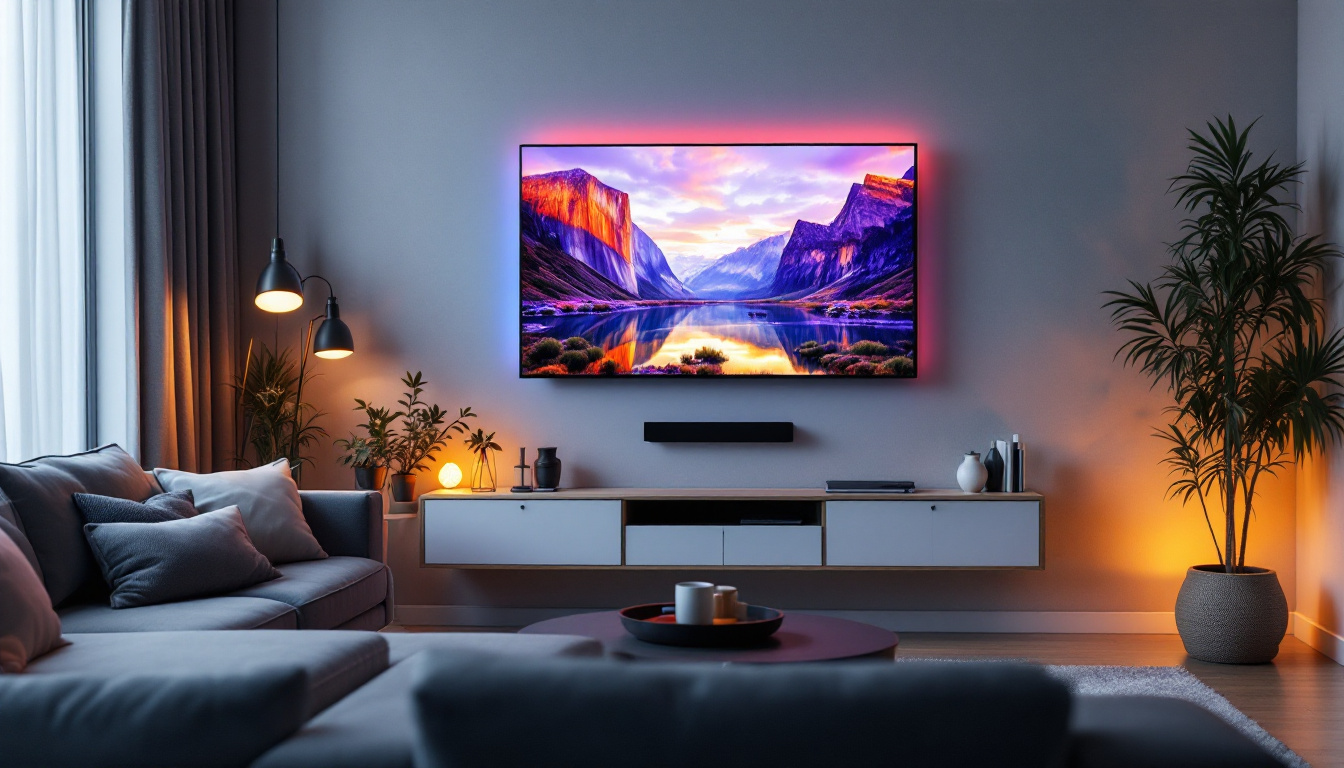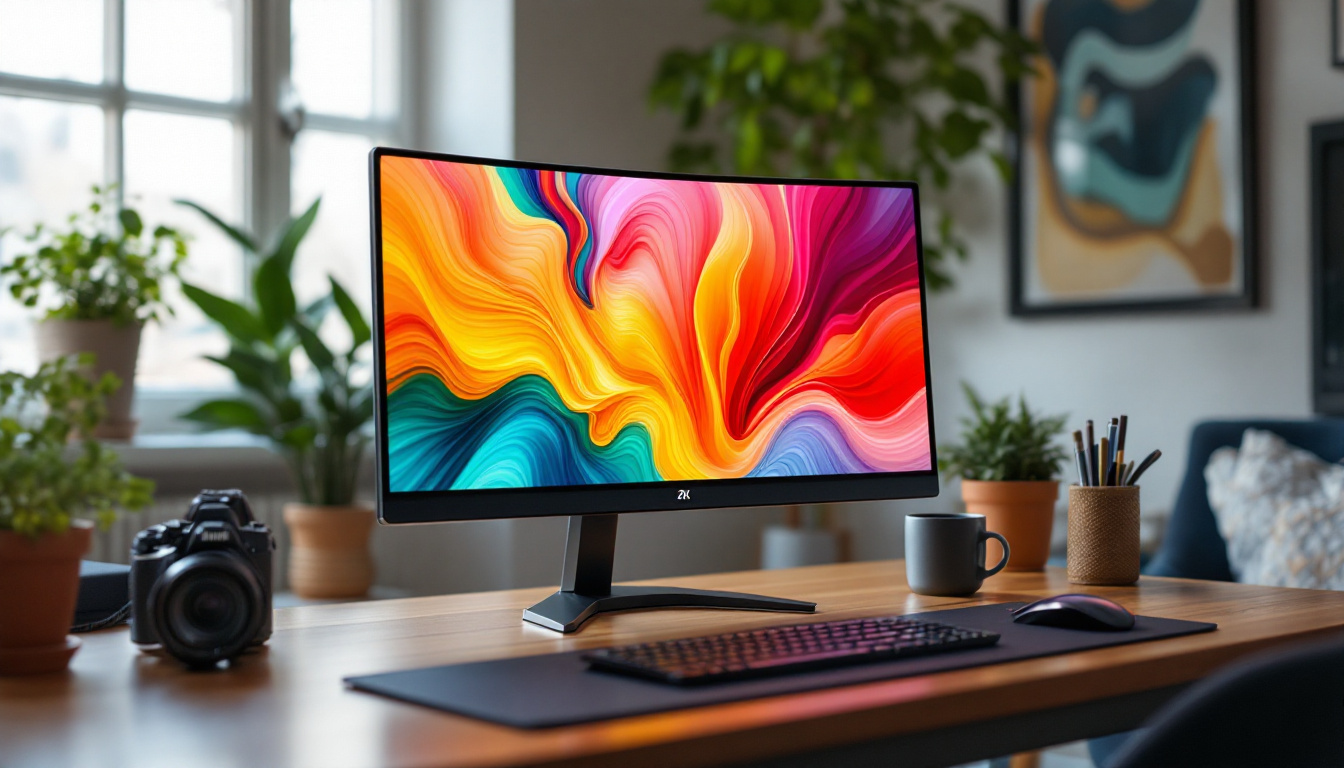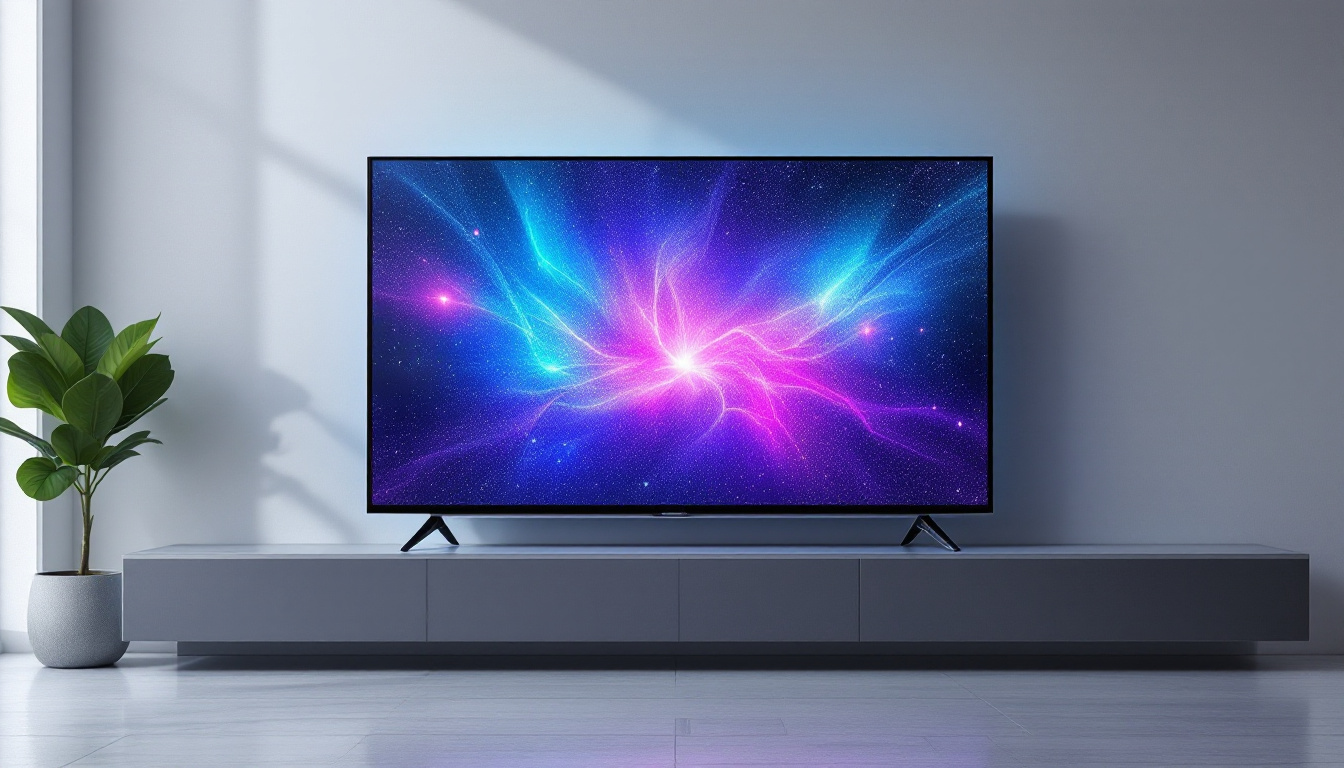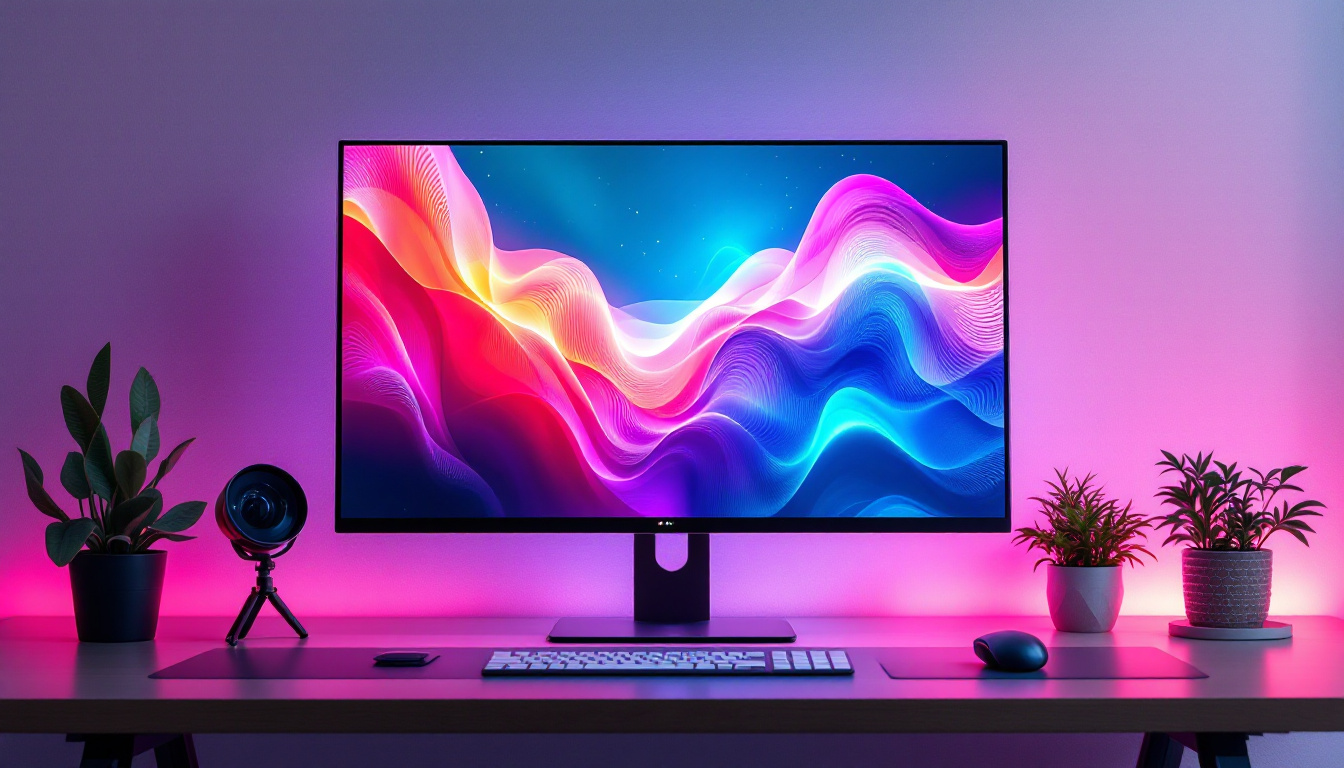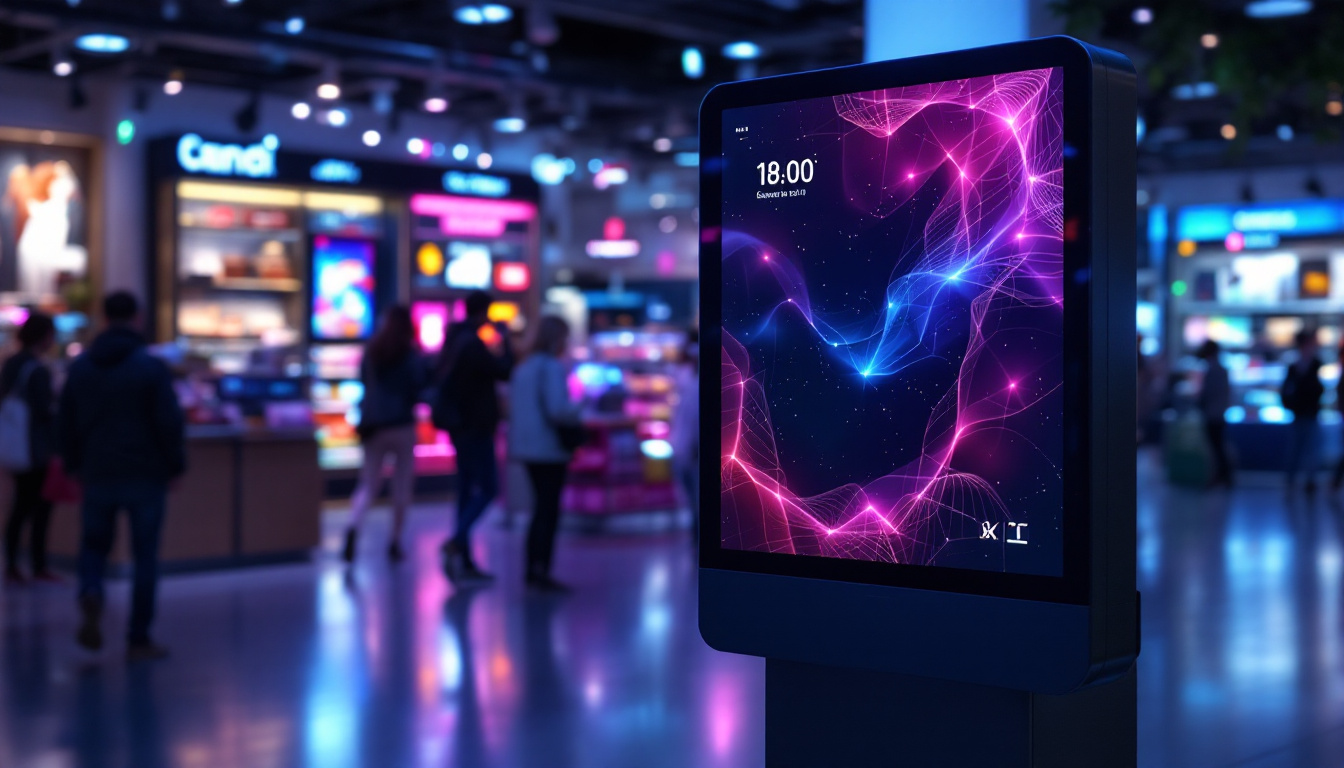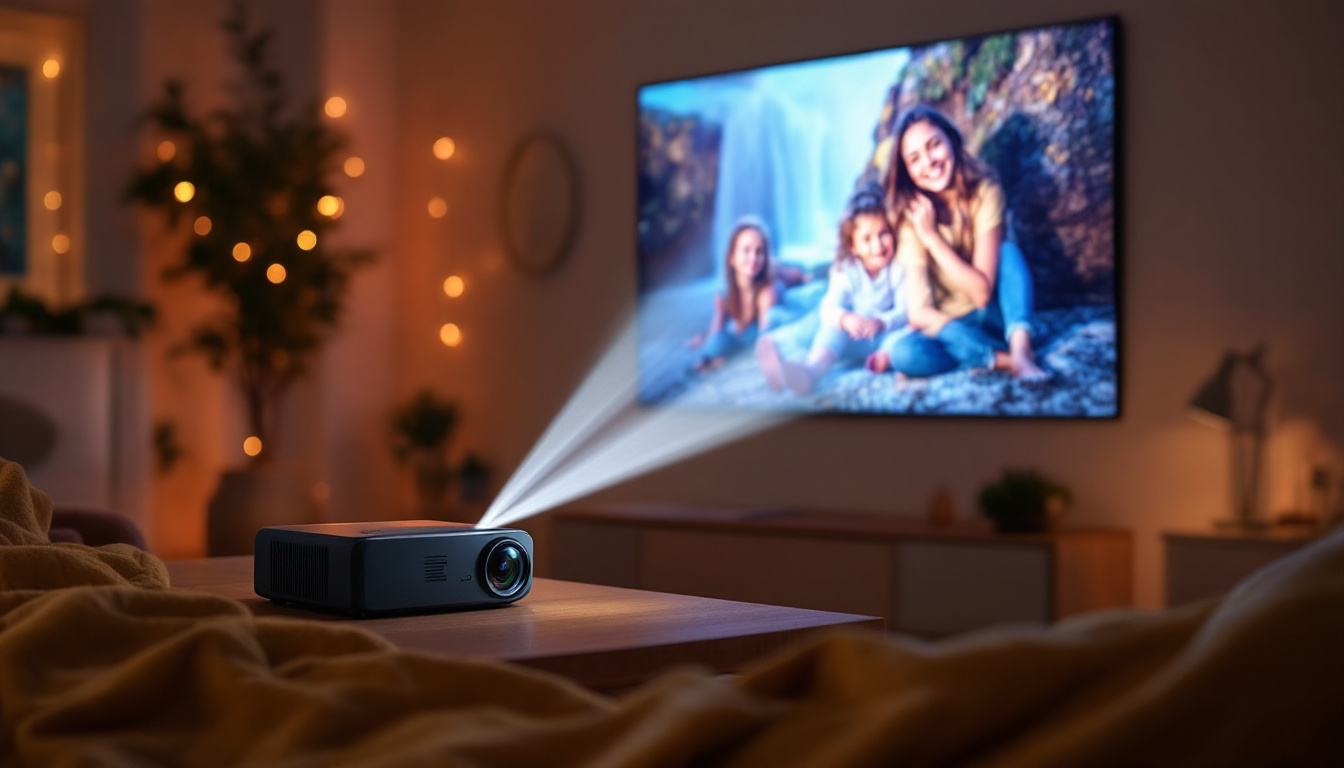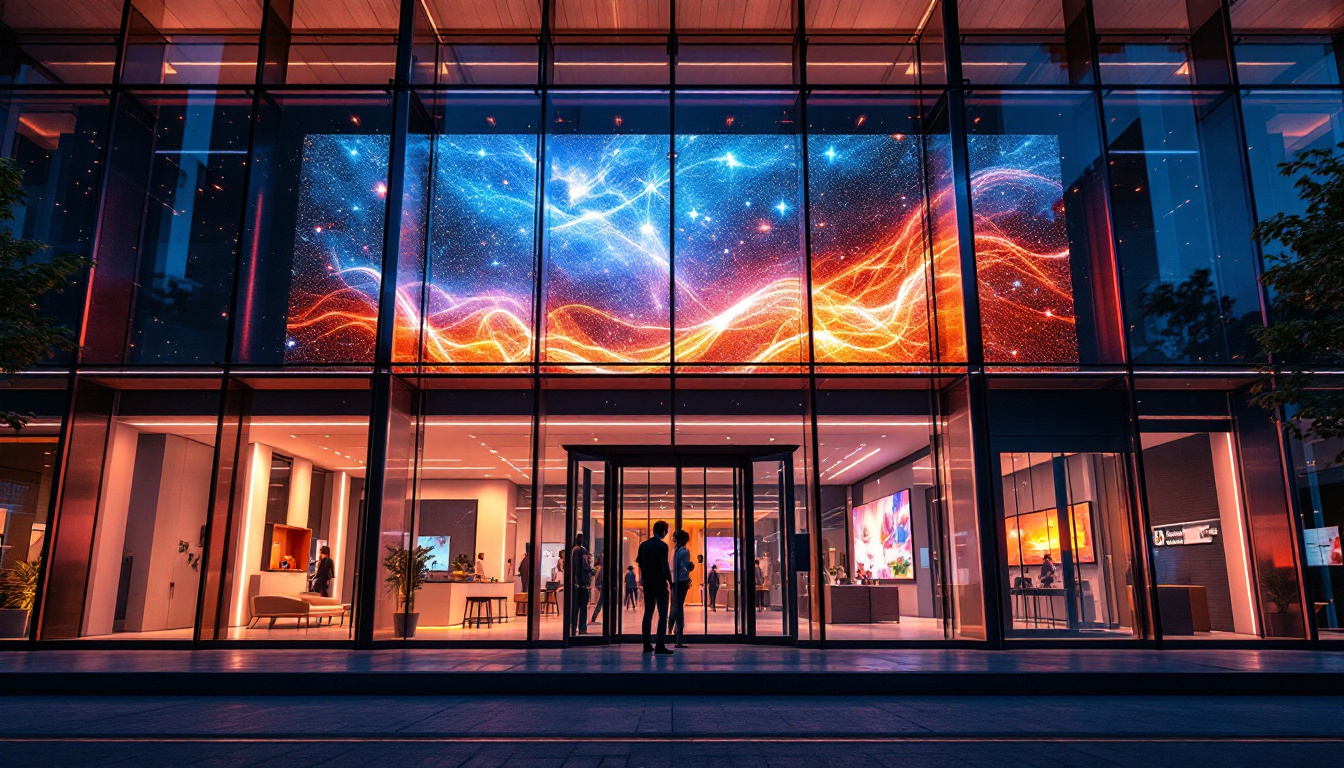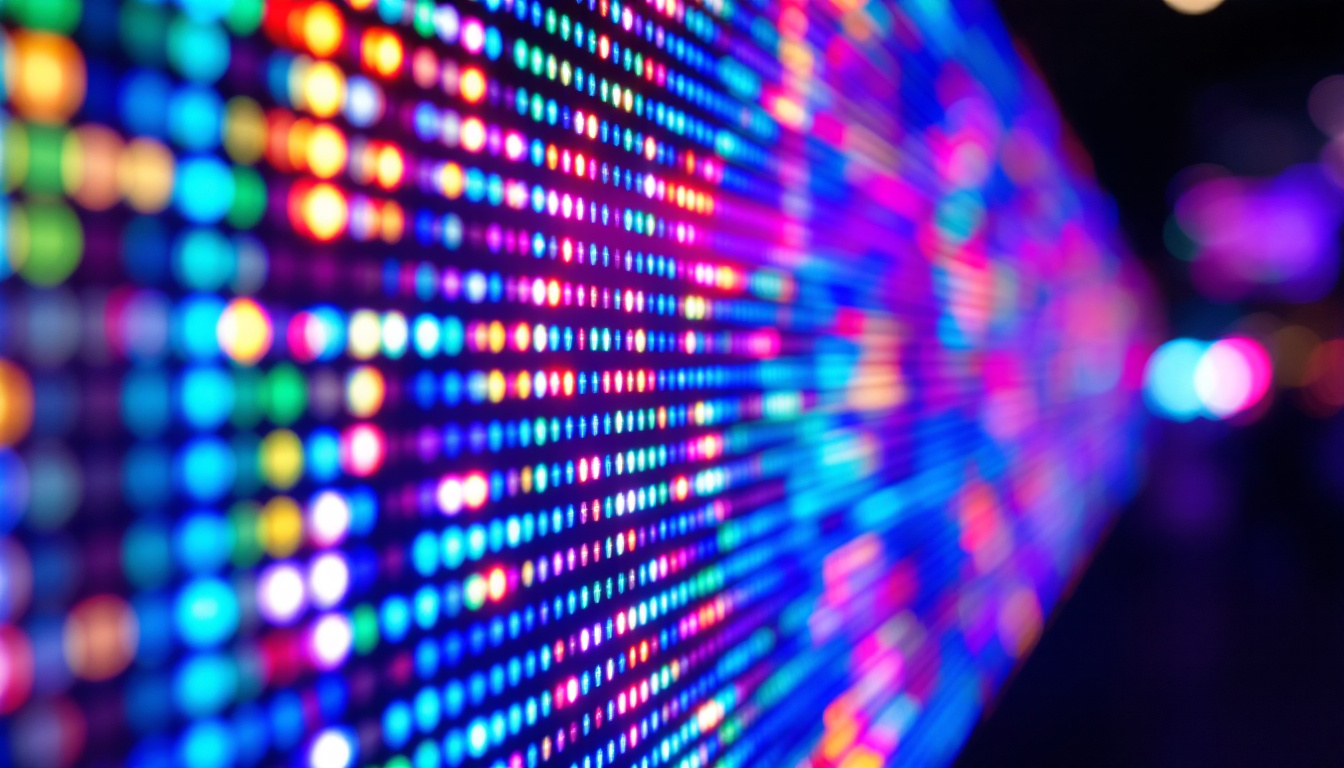In today’s digital age, flat screen TVs have become a staple in households worldwide. Their sleek designs and vibrant displays have revolutionized how we consume media, making the experience more immersive and visually appealing. Among the various types of flat screen technologies, LED displays stand out due to their superior picture quality, energy efficiency, and versatility. This article delves into the intricacies of LED displays in flat screen TVs, explaining how they work, their advantages, and what consumers should consider when choosing one.
Understanding Flat Screen TV Technologies
Flat screen TVs come in several display technologies, including LCD (Liquid Crystal Display), OLED (Organic Light Emitting Diode), and LED (Light Emitting Diode). While these terms are often used interchangeably, they refer to different underlying technologies that affect picture quality, durability, and price.
LED TVs are essentially LCD TVs that use LED backlighting instead of the older CCFL (Cold Cathode Fluorescent Lamp) technology. This distinction is crucial because the type of backlighting impacts brightness, contrast, and energy consumption. As a result, LED TVs generally offer a more vibrant viewing experience, making them a popular choice among consumers who prioritize picture quality.
What is an LED Display?
An LED display in the context of flat screen TVs refers to a liquid crystal display panel illuminated by light-emitting diodes positioned behind or around the edges of the screen. These LEDs serve as the light source that shines through the LCD panel to create images on the screen. This technology has revolutionized the way we experience visual media, providing deeper blacks and more vivid colors compared to traditional displays.
There are two primary types of LED backlighting used in modern TVs:
- Edge-lit LED: LEDs are placed along the edges of the screen, allowing for thinner TV designs but sometimes resulting in uneven brightness.
- Full-array LED: LEDs are distributed evenly behind the entire screen, enabling better control of brightness and contrast through local dimming.
In addition to these backlighting techniques, some manufacturers have introduced advanced features like quantum dot technology, which enhances color accuracy and brightness. This innovation allows for a wider color gamut, making the viewing experience even more immersive. As consumers become more discerning about picture quality, these enhancements are becoming increasingly important in the competitive flat screen TV market.
How Does LED Backlighting Work?
The LCD panel itself does not emit light; it only modulates the light passing through it to create images. The LEDs behind the screen provide the necessary illumination. When an image is displayed, the liquid crystals align to allow varying amounts of light to pass through colored filters, producing the colors and shades seen on the screen. This process is essential for achieving the high-definition visuals that are now standard in modern televisions.
This method allows LED TVs to achieve higher brightness levels and better energy efficiency compared to older CCFL-backlit LCDs. Additionally, LED backlighting supports thinner and lighter TV designs, which are more appealing to consumers. The advancements in LED technology have also led to improvements in motion handling and refresh rates, making these TVs ideal for fast-paced content like sports and action movies. With features like HDR (High Dynamic Range), viewers can enjoy a more dynamic range of colors and contrast, further enhancing the overall viewing experience.
Advantages of LED Displays in Flat Screen TVs
LED technology has become the dominant choice in flat screen TVs for several reasons. Understanding these advantages helps consumers make informed decisions when purchasing a new television.
Superior Picture Quality
LED TVs offer improved brightness and contrast compared to traditional LCD TVs. Full-array LED models with local dimming can selectively dim or brighten specific areas of the screen, resulting in deeper blacks and more vivid colors. This capability enhances the overall viewing experience, especially in dark scenes or high dynamic range (HDR) content.
According to a 2023 study by the Consumer Electronics Association, LED TVs with full-array local dimming can achieve contrast ratios up to 100,000:1, significantly higher than edge-lit models and older LCD TVs.
Energy Efficiency and Longevity
LED backlighting consumes less power than CCFL backlighting, making LED TVs more energy-efficient. This efficiency not only reduces electricity bills but also contributes to environmental sustainability. Additionally, LEDs have a longer lifespan, often exceeding 60,000 hours of use, which means the TV can maintain consistent brightness and color quality for many years.
Design Flexibility and Slim Profiles
The compact size of LEDs allows manufacturers to design ultra-thin TVs that can easily blend into modern living spaces. Edge-lit LED TVs, in particular, can be as thin as a few millimeters, making them ideal for wall mounting or minimalist setups.
Wide Viewing Angles and Color Accuracy
While LED TVs generally have better viewing angles than older LCDs, they still fall short compared to OLED displays in this regard. However, advancements in LED technology, such as quantum dot enhancement, have significantly improved color accuracy and viewing angles, providing a more consistent picture from different seating positions.
Key Features to Consider When Buying an LED Flat Screen TV
Choosing the right LED TV involves more than just picking the biggest screen or the lowest price. Several technical features influence the viewing experience and long-term satisfaction.
Resolution and Screen Size
Resolution determines the clarity and detail of the picture. The most common resolutions are Full HD (1920×1080 pixels), 4K Ultra HD (3840×2160 pixels), and increasingly, 8K (7680×4320 pixels). For most consumers, 4K resolution offers an excellent balance of detail and affordability, especially for screen sizes above 50 inches.
Screen size should be chosen based on viewing distance and room size. The Society of Motion Picture and Television Engineers recommends that viewers sit at a distance approximately 1.5 times the diagonal screen size for 4K TVs to fully appreciate the resolution.
HDR Support
High Dynamic Range (HDR) enhances the contrast and color range of the display, making images appear more lifelike. Popular HDR formats include HDR10, Dolby Vision, and HLG. When shopping for an LED TV, ensure it supports at least HDR10, as this is the most widely adopted standard.
Refresh Rate and Motion Handling
The refresh rate, measured in hertz (Hz), indicates how many times per second the screen updates the image. Higher refresh rates, such as 120Hz or 240Hz, provide smoother motion, which is especially important for fast-paced content like sports or gaming. Some LED TVs use motion interpolation technology to simulate higher refresh rates, but native refresh rates are generally more effective.
Smart TV Capabilities
Most modern LED TVs come with built-in smart platforms that allow access to streaming services, apps, and voice assistants. When selecting a TV, consider the operating system, app availability, and ease of use. Popular platforms include Android TV, Roku TV, and proprietary systems from manufacturers like Samsung and LG.
Connectivity Options
Ensure the TV has sufficient HDMI ports, USB inputs, and support for wireless connections such as Wi-Fi and Bluetooth. These features enable connection to gaming consoles, soundbars, external storage devices, and other peripherals.
Common Misconceptions About LED TVs
Despite their popularity, LED TVs are sometimes misunderstood due to marketing terminology and evolving technology. Clarifying these misconceptions can help consumers avoid confusion.
LED TVs Are Not the Same as OLED TVs
While both use LEDs, OLED TVs differ fundamentally by using organic compounds that emit light individually without a backlight. This allows OLEDs to achieve perfect blacks and infinite contrast ratios. LED TVs rely on backlighting and cannot completely turn off pixels, which can affect black levels and contrast.
“LED TV” is a Marketing Term
Technically, LED TVs are a subset of LCD TVs with LED backlighting. Some manufacturers use the term “LED TV” to emphasize the modern backlighting technology, but all LED TVs still use an LCD panel to create the image.
Edge-lit LED TVs May Have Uneven Brightness
Edge-lit designs allow for thinner TVs but sometimes suffer from uneven brightness or “hot spots” near the edges. Full-array LED TVs with local dimming generally provide a more uniform picture and better contrast.
The Future of LED Display Technology in Flat Screen TVs
LED technology continues to evolve, pushing the boundaries of picture quality and design. Innovations such as Mini-LED and Micro-LED are gaining traction and promise to deliver even better performance.
Mini-LED Technology
Mini-LEDs are significantly smaller than traditional LEDs, allowing for thousands of dimming zones in a single TV. This results in more precise local dimming, enhanced contrast, and higher peak brightness. Mini-LED TVs are becoming more affordable and are positioned as a premium alternative to OLEDs.
Micro-LED Technology
Micro-LED represents a breakthrough by combining the self-emissive properties of OLEDs with the brightness and durability of LEDs. Each pixel emits its own light without a backlight, offering perfect blacks, high brightness, and excellent color accuracy. Although currently expensive and limited in availability, Micro-LED is expected to become mainstream in the next decade.
Quantum Dot Enhancement
Quantum dot technology uses nanocrystals to improve color accuracy and brightness in LED TVs. Many high-end LED TVs incorporate quantum dots, marketed as QLED displays, to compete with OLEDs in terms of color performance.
Conclusion
LED displays have transformed the flat screen TV market by offering a compelling combination of picture quality, energy efficiency, and sleek design. Understanding how LED backlighting works and the key features to consider can empower consumers to select the best TV for their needs. As technology advances with innovations like Mini-LED and Micro-LED, the future of LED displays promises even more stunning visual experiences.
Whether upgrading an existing setup or purchasing a new TV, knowing the nuances of LED technology ensures a satisfying investment in home entertainment.
Explore Cutting-Edge LED Displays with LumenMatrix
Ready to elevate your viewing experience with the latest in LED display technology? LumenMatrix is at the forefront of innovation, offering a diverse range of LED display solutions tailored to meet your needs. From captivating Indoor LED Wall Displays to dynamic Outdoor LED Wall Displays, and from versatile Vehicle LED Displays to sleek LED Poster Displays, our products are designed to revolutionize visual communication. Discover how our LED Sports Displays, Floor LED Displays, Custom LED Displays, All-in-One LED Displays, and LED Transparent Displays can enhance engagement and bring your brand’s message to life with unparalleled clarity. Don’t miss out on the future of home entertainment and visual storytelling. Check out LumenMatrix LED Display Solutions today and witness the transformation for yourself.

